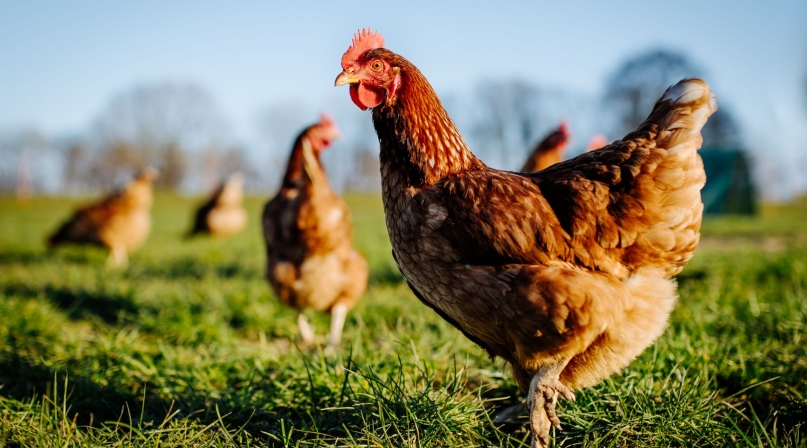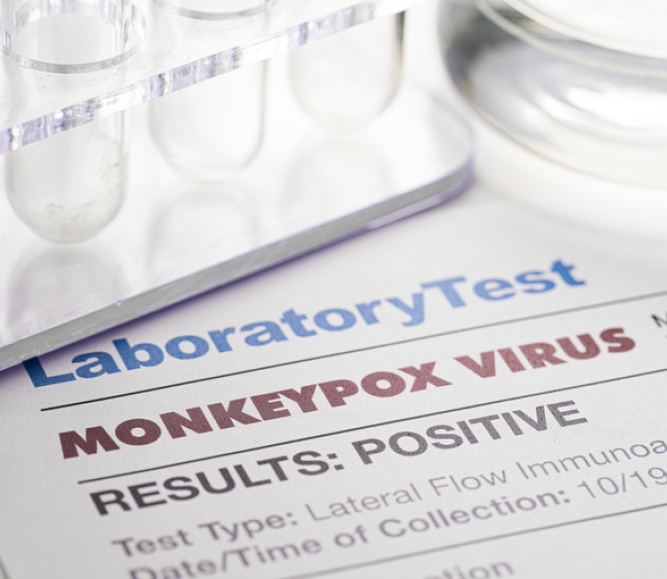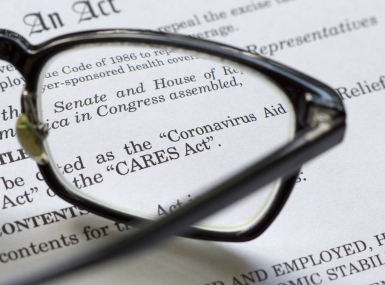Bird flu update: What county leaders should know
Author

Brian Castrucci

Maddie Kapur
Upcoming Events
Related News

Key Takeaways
As of April 7, 2025, there have been 70 confirmed cases of bird flu in the U.S., but no person-to-person spread has been detected. Those who contracted the virus did so from cattle, poultry, or other animals, and the CDC has classified the current risk to the general population as “low.”
Five years after the COVID-19 pandemic began, our nation is once again monitoring a potential health threat. We know from recent experience that an absence of information creates a void where misinformation can flourish, so it’s important to understand – and communicate – what we know.
However, it’s just as important for officials to be open to what they don’t know. We recently wrote about this on our website – “Communicating About Uncertainty: This Messaging Can Help.”
As details about the threat of H5N1 bird flu continue to evolve, here is what we currently know.
What is bird flu?
Bird flu (also known as H5N1, HPAI or Avian Influenza) is a naturally occurring form of the flu virus. It is widespread in wild birds and poultry worldwide and has caused sporadic outbreaks in these animals over the years. Human cases of bird flu are rare and usually occur only after unprotected exposure to infected animals.
Over the past few months, the virus has been causing outbreaks in poultry and dairy cows in the United States, but the potential threat to humans is unclear.
What do we know about the bird flu outbreak?
The CDC has been monitoring cases of bird flu in wild birds and poultry since late 2021.
As of April 7, 2025, there have been 70 confirmed human cases in the U.S., mostly among dairy and poultry workers. No person-to-person spread has been detected.
Bird flu symptoms among humans have ranged from mild to severe, and can include conjunctivitis (pink eye), fever, cough, sore throat, runny or stuffy nose, body aches, headaches, fatigue, and shortness of breath.
State and local public health agencies are working to minimize the risk of contracting bird flu among people who work closely with animals.
Properly cooked poultry and eggs, as well as pasteurized milk, are safe to consume; proper cooking and pasteurization kill the virus.
Economic consequences of the outbreaks include low availability and high prices of poultry and eggs.eak
We are still learning about the extent of the outbreak in both animals and humans, and testing among farmworkers has proven challenging. We also don’t know if the virus will mutate to be able to spread more easily between people.
Is bird flu the next COVID-19?
If the virus mutates to spread more easily among humans, it does have pandemic potential. But unlike COVID-19, H5N1 is a known entity. The U.S. government has already contracted with a vaccine manufacturer to produce a reserve supply of H5N1 vaccines.
What can county officials do?
- Share the facts: Many of your constituents probably have questions about how bird flu will affect their lives and livelihoods, and it’s important to have accurate, timely information close at hand. It’s also important to be open about what we don’t know.
- Connect with partners and stakeholders: Now is the time to meet with health officials to understand how health departments are tracking and planning to respond to possible incidence of bird flu. In partnership with public health leaders, consider meeting with school leaders, business leaders, health care providers, and other leaders to discuss any emerging information.
- Plan for every scenario: Collaborate with community leaders and stakeholders to develop a county-specific plan, including how you will communicate. Understand who is most at risk (like dairy workers) and explore options for emergency sick leave so people can stay at home without worrying about providing for their families.
- Stay updated: The CDC posts regular bird flu updates on its website, and the Public Health Communications Collaborative offers plain-language communications resources on the virus. Keep an eye out for more updates like this from the de Beaumont Foundation.
Advocacy
Biden administration takes steps to address monkeypox outbreak
On August 30, the White House announced an Equity Innovation Pilot with new actions the Biden administration is taking to combat the monkeypox outbreak.

Related News

House E&C Committee advances SUPPORT Act reauthorization
On April 9, the U.S. House Energy and Commerce Committee marked up the SUPPORT for Patients and Communities Reauthorization Act of 2025 (H.R. 2483). The bipartisan bill aims to reauthorize critical programs that target overdose prevention amid the renewal of the opioid crisis Public Health Emergency declaration. In the Senate, these reauthorizations were incorporated into a larger bipartisan package, the Bipartisan Health Care Act (S.891).

HHS issues termination notices for health grant funding
On March 25, the U.S. Department of Health and Human Services (HHS) sent letters to state authorities and counties with direct grant funding announcing the immediate termination of several pandemic-related grants, which was previously set to run through September 2025.

New funding boosts Indiana county health departments
An infusion of state funding has helped counties support local nonprofits on their way to improving local health outcomes.